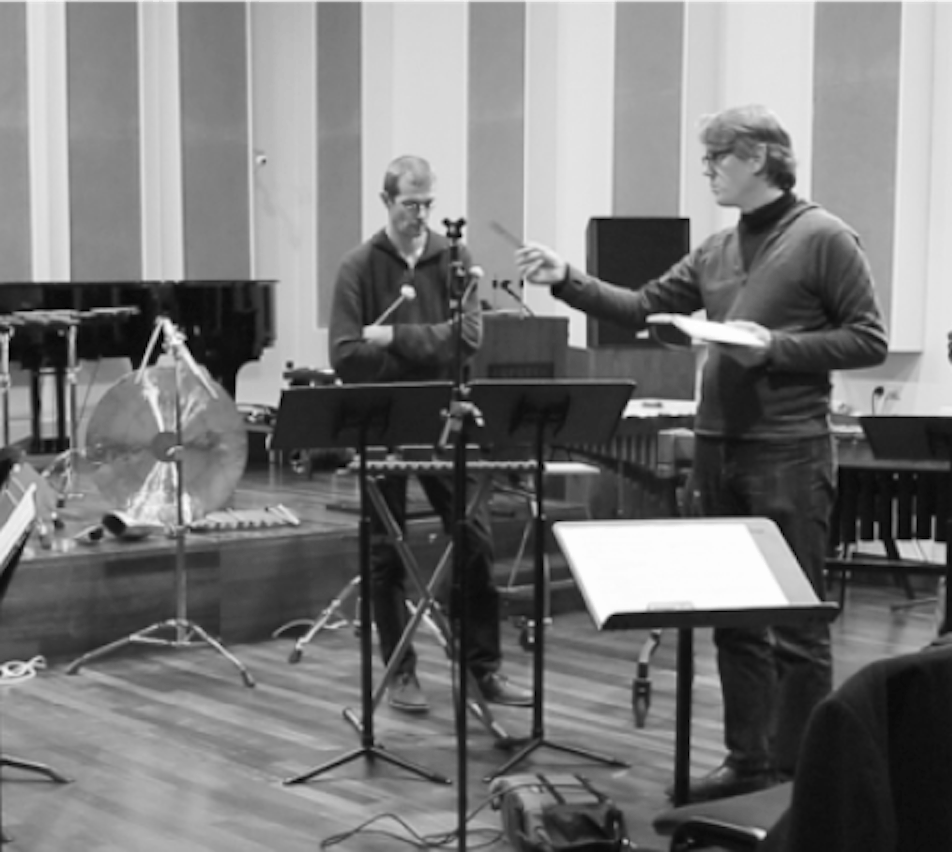

Paul Craenen
| Keywords: | improvisation, composition, gesture, corporeality, music performance, musical experiment |
| Duration: | 2005-2011 |
| Period: | 20th century music |
| Musician type: | composer |
| Host institution: | Leiden University |
| Keywords: | improvisation, composition, gesture, corporeality, music performance, musical experiment |
| Duration: | 2005-2011 |
| Period: | 20th century music |
| Musician type: | composer |
| Host institution: | Leiden University |
The music-performing body fulfills an essential role in the creation of new instrumental compositions. However, its presence is rarely the primary concern of compositional thinking. Innovations in music composition usually rely on principles of musical organization or on the exploration of new sonorities. With most musical experimentation, the music-making body keeps a self-evident function as a transparent medium for musical ideas, but also as a limitation on the potential for musical exploitation. Twentieth-century exceptions can be found in the instrumental theater of Mauricio Kagel and Dieter Schnebel or in the Fluxus performances and happenings inspired by John Cage at the beginning of the sixties, which together revealed musical performance as a scenic and theatrical given. A decade later, the music-performing body became implicitly audible and visible through a thematisation of the instrumental act in Helmut Lachenmann’s "musique concrète instrumentale" or in the hypervirtuosic music of Bryan Ferneyhough. Other composers of the late 60s displayed a similar change of perspective through turning towards the concrete sounding or the physical presence in music performance. The implications for the status of the performing body, however, remained ambiguous. From a historical perspective, only rarely was there a successful or enduring integration of the performing body as a compositional material.
Recent artistic and theoretical developments invite a rethink of the compositional potential of the music-performing body. Focus on the music-making body and the physicality of the music experience has intensified in recent decades. A body paradigm is becoming audible and visible in the work of a generation of young composers, as well as in musicological research. The micro-temporality of physical gesture and instrumental timbre have become key points of interest. In the micro-temporal space, physical presence is unveiled as a very direct interactive ability of the performer or improviser but also as a 'bodily thinking' of the composing body. Based on recent scientific insights and both historical and recent music examples, the author develops a concept of 'intercorporeality' that sheds new light on the relationship between music performers, composers and music consumers. In particular, he stresses the importance of a conceptualizing power that is based on an alternating linear and non-linear relationship of the composing body to musical time.
Prof. Frans de Ruiter (promotor), drs. Myriam Van Imschoot (co-promotor)